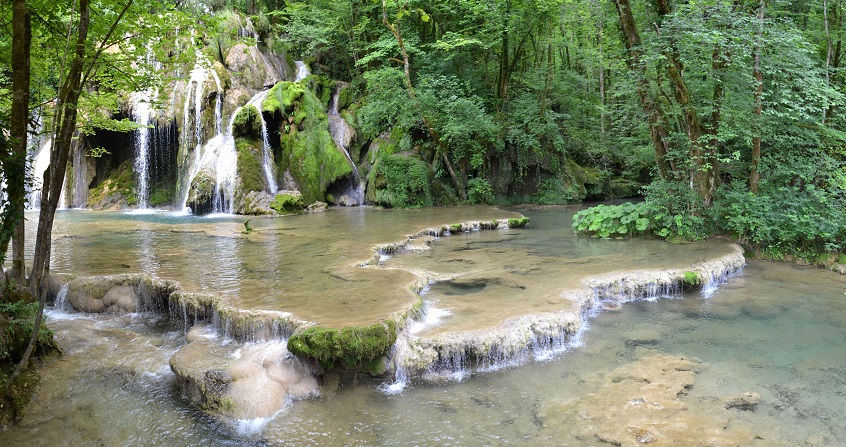Biosphere Reserves
 Photo courtesy of Encyclopedia of the EnvironmentOpens in new window
Photo courtesy of Encyclopedia of the EnvironmentOpens in new window
|
Biosphere reserves are “learning places for sustainable development”. They are sites for testing interdisciplinary approaches to understanding and managing changes and interactions between social and ecological systems, including conflict prevention and management of biodiversity. They are places that provide local solutions to global challenges.
Biosphere reserves are nominated by national governments and are designated under the intergovernmental MAB Program by the Director-General of UNESCO following the decisions of the MAB International Coordinating Council (MAB ICC)Opens in new window. Their status is internationally recognized. Member States can submit sites through the designation process.
In order to asssist the stakeholders with the designation process, as well as periodic reviews, Technical Guidelines are being progressively created by the MAB International Co-ordinating CouncilOpens in new window.
Biosphere reserves involve local communities and all interested stakeholders in planning and management; they integrate three main functions:
- Conservation of biodiversity and cultural diversity
- Economic development that is socio-culturally and environmentally sustainable
- Logistic support, underpinning development through research, monitoring, education and training
These three functions are pursed through the Biosphere Reserves’ three main zones:
- Core Areas — This comprises a strictly protected zone that contributes to the conservation of landscapes, ecosystems, species and genetic variation.
- Buffer Zones — The buffer zone surrounds or adjoins the core area(s), and is used for activities compatible with sound ecological practices that can reinforce scientific research, monitoring, training and education.
- Transition Area — The transition area is where communities foster socio-culturally and ecologically sustainaible economic and human activities. It is the part of the reserve where the greatest activity is permitted to promote economic and human development that is sustainable.
- Sadava. D, H.C. Heller, G.H. Orians, W. Purves, D.M. Hillis. Life: The Science of Biology, 8th edition. Sinauer Associatews and W.H. Freeman and Company 2008.
- Cunningham, W.M. Cunningham and B. Saigo, Environmental Science: A Global Concern., McGraw Hill, 2007, p.374.
- The Calvin cycle takes place in the stroma, the part of the chloroplast where CO2 is converted to sugars.
- Wilson, E. O. “Vanishing before our eyes.” Time Magazine April-May 2000, pp. 29 – 30.
- R. Costanza, R. d’Arge, R.de Groot, S. Farber, M.Grasso B. Hannon, K. Limburg, S. Naeem, R.V.O’Neil, J. Paruelo, R. Raskin, P. Sutton and M. van den Belt, “The Value of the World’s Ecosystem Services and Natural Capital,” Nature 385 (May 1997): 253 – 262.

